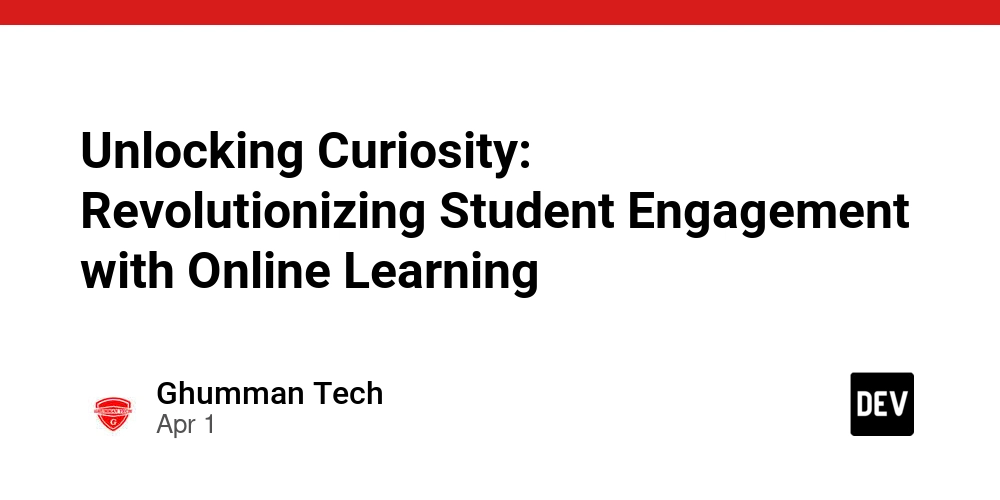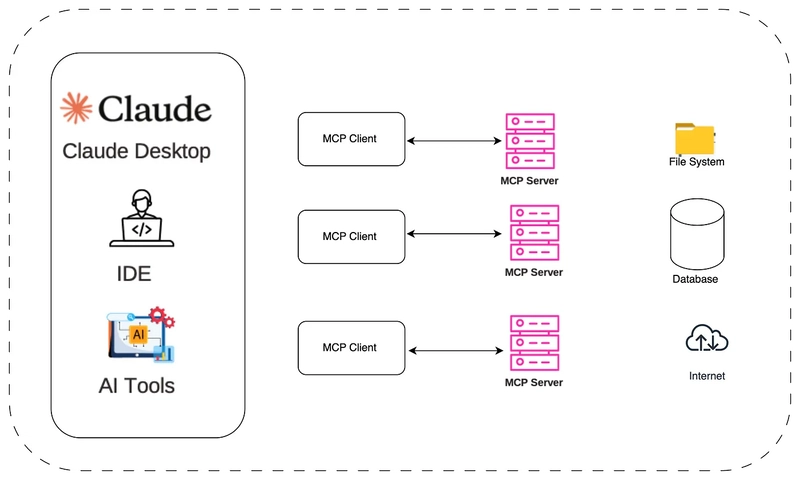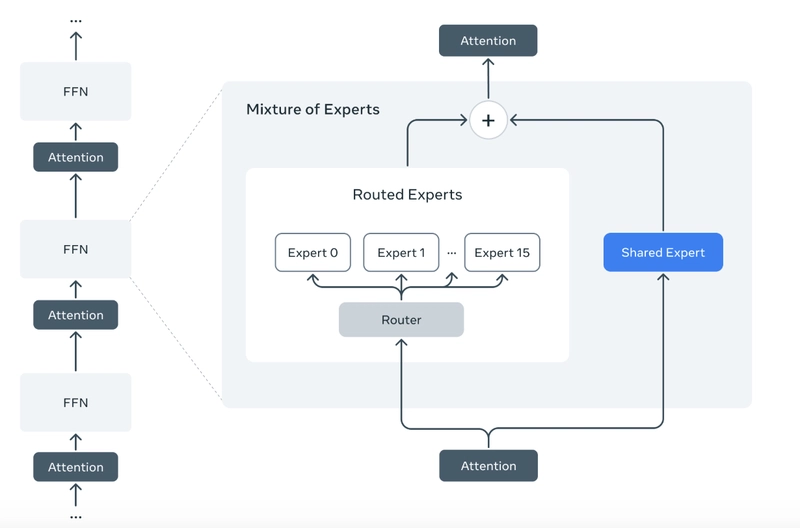Unlocking Curiosity: Revolutionizing Student Engagement with Online Learning
With the onset of the digital era, education systems worldwide have seen a significant shift in teaching and learning methods. Online learning, in particular, has had a transformative impact – one that fosters a sense of curiosity among students, stimulating them to learn more and embrace the process of learning itself. Education was once heavily reliant on traditional classroom methods that, although effective, were less accommodating to the unique learning capabilities of each student. With online learning, however, things have changed dramatically. Subjects are not presented merely as chunks of information to be memorized, but as puzzles to be solved, mysteries to be uncovered, and knowledge to be explored. Online learning allows children to interact and engage with their studies directly. It provides an interactive learning environment full of stimulating content, 3D simulations, graphics, and questionnaires, resulting in students exploring new concepts and learning them at their own pace. The wealth of multimedia resources available online kindles their curiosity and triggers a quest for discovery. The unmatched flexibility of online learning is another factor that triggers curiosity. Unlike traditional schools, where learning happens at a fixed time, online education provides students the flexibility to learn whenever they want and at their own pace. This approach helps the students more actively engage with the content, hence, encouraging a deeper understanding and igniting interest towards the subjects. Real-time feedback is another advantage of online learning that boosts a sense of curiosity. Immediate results or feedback from online assessments prompt students to identify their areas of weakness and strength. They can be curious about their mistakes and thus, promote self-led learning. Students get the opportunity to revisit the topics they struggle with, steering their curiosity and encouraging them to learn more and improve. Another beautiful part about online learning is the access to worldwide resources. Students no longer have to feel restricted with the course book or reference books available in the library. Online learning takes them beyond boundaries and exposes them to international libraries, latest researches, diverse cultures, and knowledge from numerous domains. This global perspective not just enriches their knowledge but also instills in them a sense of curiosity about the vast world around them. Furthermore, online learning often involves collaborative projects where students have to work together to solve problems or create something. Collaboration itself can spur curiosity – students learn to ask questions, bounce ideas off each other, and ultimately deepen their understanding of the subject. In conclusion, online learning is an innovative approach to education that has numerous benefits. Among these, its ability to ignite and encourage curiosity in students stands out. A curious mind is a driving engine behind the process of leaning, exploring, discovering, and innovating. It is curiosity that helps in engaging the students, enhancing their learning experiences and building a solid foundation of knowledge. Online learning is no longer a trend or a future aspect of education—it’s a present reality. By stimulating a sense of curiosity, it is preparing a generation of learners who are not just consumers of information, but creators of knowledge. After all, isn't that what education is supposed to do – to encourage students to question, explore and think for themselves?

With the onset of the digital era, education systems worldwide have seen a significant shift in teaching and learning methods. Online learning, in particular, has had a transformative impact – one that fosters a sense of curiosity among students, stimulating them to learn more and embrace the process of learning itself.
Education was once heavily reliant on traditional classroom methods that, although effective, were less accommodating to the unique learning capabilities of each student. With online learning, however, things have changed dramatically. Subjects are not presented merely as chunks of information to be memorized, but as puzzles to be solved, mysteries to be uncovered, and knowledge to be explored.
Online learning allows children to interact and engage with their studies directly. It provides an interactive learning environment full of stimulating content, 3D simulations, graphics, and questionnaires, resulting in students exploring new concepts and learning them at their own pace. The wealth of multimedia resources available online kindles their curiosity and triggers a quest for discovery.
The unmatched flexibility of online learning is another factor that triggers curiosity. Unlike traditional schools, where learning happens at a fixed time, online education provides students the flexibility to learn whenever they want and at their own pace. This approach helps the students more actively engage with the content, hence, encouraging a deeper understanding and igniting interest towards the subjects.
Real-time feedback is another advantage of online learning that boosts a sense of curiosity. Immediate results or feedback from online assessments prompt students to identify their areas of weakness and strength. They can be curious about their mistakes and thus, promote self-led learning. Students get the opportunity to revisit the topics they struggle with, steering their curiosity and encouraging them to learn more and improve.
Another beautiful part about online learning is the access to worldwide resources. Students no longer have to feel restricted with the course book or reference books available in the library. Online learning takes them beyond boundaries and exposes them to international libraries, latest researches, diverse cultures, and knowledge from numerous domains. This global perspective not just enriches their knowledge but also instills in them a sense of curiosity about the vast world around them.
Furthermore, online learning often involves collaborative projects where students have to work together to solve problems or create something. Collaboration itself can spur curiosity – students learn to ask questions, bounce ideas off each other, and ultimately deepen their understanding of the subject.
In conclusion, online learning is an innovative approach to education that has numerous benefits. Among these, its ability to ignite and encourage curiosity in students stands out. A curious mind is a driving engine behind the process of leaning, exploring, discovering, and innovating. It is curiosity that helps in engaging the students, enhancing their learning experiences and building a solid foundation of knowledge.
Online learning is no longer a trend or a future aspect of education—it’s a present reality. By stimulating a sense of curiosity, it is preparing a generation of learners who are not just consumers of information, but creators of knowledge. After all, isn't that what education is supposed to do – to encourage students to question, explore and think for themselves?









































































































































































![[The AI Show Episode 142]: ChatGPT’s New Image Generator, Studio Ghibli Craze and Backlash, Gemini 2.5, OpenAI Academy, 4o Updates, Vibe Marketing & xAI Acquires X](https://www.marketingaiinstitute.com/hubfs/ep%20142%20cover.png)


























































































































![[FREE EBOOKS] The Kubernetes Bible, The Ultimate Linux Shell Scripting Guide & Four More Best Selling Titles](https://www.javacodegeeks.com/wp-content/uploads/2012/12/jcg-logo.jpg)



![From drop-out to software architect with Jason Lengstorf [Podcast #167]](https://cdn.hashnode.com/res/hashnode/image/upload/v1743796461357/f3d19cd7-e6f5-4d7c-8bfc-eb974bc8da68.png?#)







































































































.png?#)




.jpg?#)
































_Christophe_Coat_Alamy.jpg?#)
 (1).webp?#)








































































































![Rapidus in Talks With Apple as It Accelerates Toward 2nm Chip Production [Report]](https://www.iclarified.com/images/news/96937/96937/96937-640.jpg)







































































































































